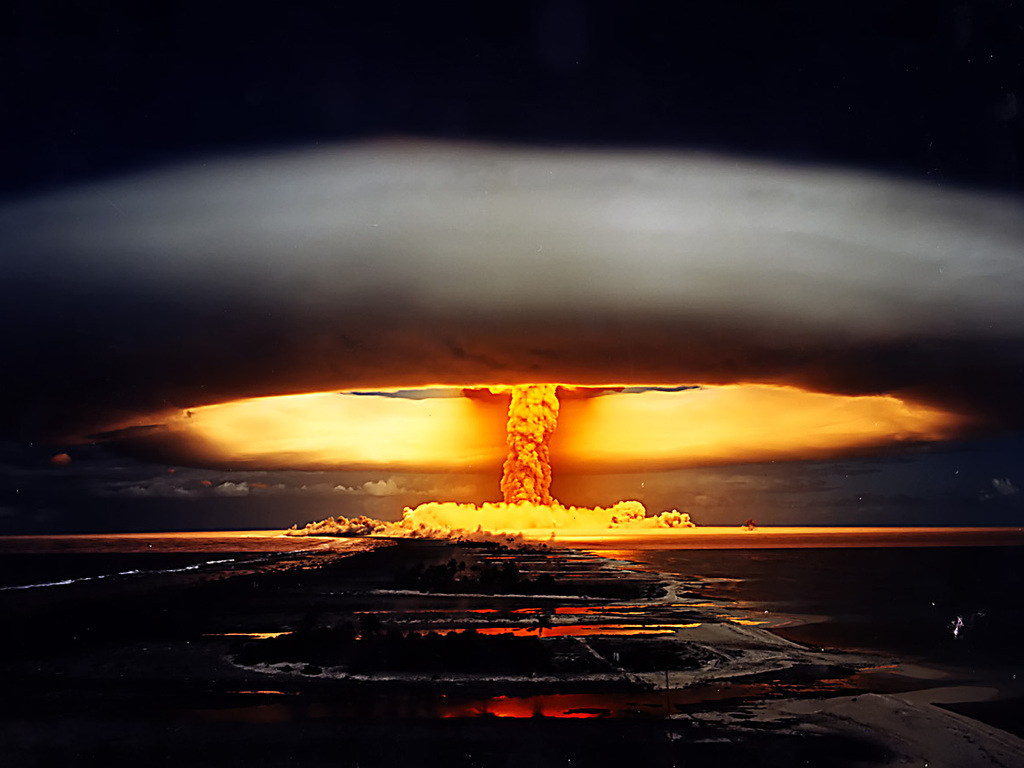
A couple of years ago, a handful of fish that had symptoms of radiation poisoning were discovered along the Pacific coast. This caused a panic as a wave of sensationalist media and fake news stories hit the airwaves and our news feeds. The assumption was that radiation flowing into the ocean from the Fukushima nuclear reactor in Japan was causing fish stocks in the Pacific to become tainted.
People stopped buying Pacific and Alaskan fish products, scientists began to investigate the problem, and conspiracy theories erupted after the findings showed that the problem was essentially non-existent. This is one example of how mass-hysteria can lead to a crisis of our own making, and why it’s important to be vigilant when it comes to separating fact from fiction. Imagine facing some kind of food shortage simply because people believed that what they were eating was harmful, even if the information they received couldn’t have been further from the truth.
Some Truth to the Fiction
There is no doubt that radiation had an effect on marine life near the reactor site. Bottom-feeders were particularly impacted as radioactive particles drifted to the sea floor and exposed them to dangerous levels. However, these problems were isolated to areas near the site because these creatures don’t migrate far from their breeding grounds. Consequently, stocks found a few hundred miles in either direction of the site were just fine and perfectly healthy.
But what about fish that ate these contaminated shrimp, crabs, oysters and lobsters? Well, first of all, a lot of fish that are in the food chain that impacts products we eat don’t feed on crustaceans. Secondly, radiation gets diluted as contaminants work their way up the food chain as well. Finally, the fish that were discovered to be irradiated near our side of the Pacific most-likely were exposed to sources other than Fukushima. Consequently, fish caught in Alaska, Canada or even in the middle of the Pacific have not been showing any signs of radiation poisoning, and what radiation was present during testing falls far below amounts that are considered to be dangerous. In fact, most tests reveal that levels are on-par with amounts that are present all around us in nature.
Different Types of Radiation
There are a lot of different types of radiation out there, and some are more-harmful than others. Most of the isotopes that were released following the Fukushima disaster have already degraded since they have a very short half life. However, there is one in particular called Cesium 137 that has a long half life and is dangerous to humans and fish. The question is whether or not fish that we eat have been accumulating high levels over the past few years, and a host of scientific research conducted by a broad-range of independent organizations all points in the same direction: There is no measurable increase.
Consequently, tuna, crab, mackerel and salmon that represents a significant percentage of fish that we stock up on is perfectly safe for consumption, if you believe these findings. In fact, chances are that fish we catch in polluted lakes, rivers and even in parts of the Gulf of Mexico present more of a health risk. The presence of mercury, pharmaceuticals, lead, fertilizer, human waste and a host of other contaminants represent a far-greater threat than radiation from Japan, yet this is something that the government and the industry covers-up in order to maintain sales and protect corporate profits.
While there were legitimate concerns about the safety of stocks a few years ago, most credible sources agree that we really don’t have anything to worry about. So, don’t think twice about stocking up on Pacific fish products because most of these concerns are completely-unfounded. Only you can decide how seriously to take these findings, but you may end up shooting yourself in the foot if you overreact after falling for fake news that suggests otherwise.